Kach Kouch, Morocco: shedding light on late prehistoric Mediterranean Africa
When we think of the Bronze and Early Iron Age Mediterranean, it’s easy to picture the flourishing societies of Europe and the eastern Mediterranean. These regions are often recognised for their complex trade networks, architectural feats and cultural innovations. But what about the African side of the Mediterranean? Despite its geographic proximity and natural connections, the Maghreb has long been absent from historical narratives, mischaracterised as an ‘empty land’ before the Phoenician arrival around 800 BC. Our research at Kach Kouch, an archaeological site in northwestern Morocco, tells a different story: one of local innovation, adaptation and integration within the broader Atlantic and Mediterranean worlds. Located atop a limestone outcrop overlooking the Oued Laou Valley, Kach Kouch offers a window into life between 2200 and 600 BC. The site is strategically positioned near the Strait of Gibraltar, a key gateway bridging Africa and Europe, as well as the Mediterranean and Atlantic. Our excavations revealed three distinct phases of occupation:
The earliest phase (KK1: 2200–2000 BC) is scarcely represented but nonetheless significant. Though sparse, the evidence suggests an initial occupation contemporaneous with the Copper/Bronze Age transition in neighbouring Iberia.
Following a hiatus, the second phase (KK2: 1300–900 BC) marks a vibrant chapter in the site’s history. During this period, Kach Kouch was home to a stable farming community, the first definitive evidence of settled life predating the Phoenician presence along the Mediterranean coast of the Maghreb. Here, wattle and daub houses, rock-cut silos and grinding stones reveal a flourishing agricultural economy based on crops like barley, wheat and beans, supplemented by sheep, goats and cattle.
The third phase (KK3: 800-600 BC) demonstrates the flexibility and adaptability of Kach Kouch’s inhabitants. This period saw the introduction of eastern Mediterranean cultural innovations, including wheel-thrown pottery, iron tools and architectural traditions. One remarkable structure from this phase combines local wattle and daub techniques with a Phoenician-inspired stone plinth. This fusion of local and foreign practices illustrates how the community actively engaged with Mediterranean exchange networks, integrating new influences while retaining their distinct identity.
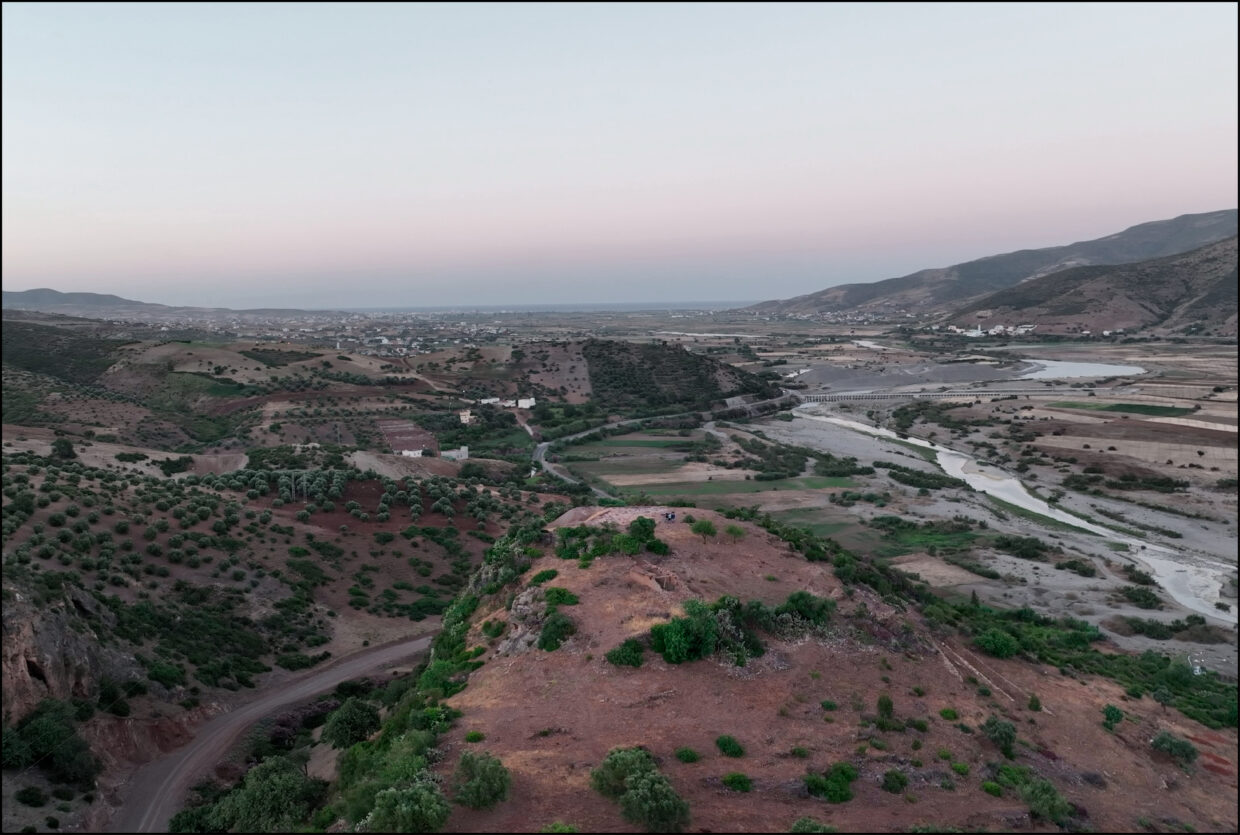
Kach Kouch challenges long-held assumptions about the Maghreb’s late prehistoric past, standing out as one of the first well-documented examples of continuous settlement in the region and providing a rare glimpse into the lives of local communities over a span of more than a millennium. For decades, this region has been seen as marginal in the context of Mediterranean history, overshadowed by its more studied neighbours. Yet, the evidence from Kach Kouch tells a story of dynamic local communities that were far from isolated. Our findings at Kach Kouch contribute to a growing wave of archaeological research that seeks to correct these historical biases, placing the Maghreb in its rightful position as an active participant in the social, cultural and economic networks of the Mediterranean. By uncovering the stories of these local communities, we hope to stimulate further research of the rich, interconnected histories of Africa and the Mediterranean.
Read the full article in Antiquity:
DOI: https://doi.org/10.15184/aqy.2025.10
Title: Rethinking late prehistoric Mediterranean Africa: architecture, farming and materiality at Kach Kouch, Morocco
Authors: Hamza Benattia, Youssef Bokbot, Jorge Onrubia-Pintado, Meryem Benerradi, Bouchra Bougariane, Bouchra Bouhamidi, Jared Carballo-Pérez, Othman Echcherif-Baamrani, Asmae Elqably, Noufel Ghayati, Hassan Hachami, Mohamed Kbiri-Alaoui, Raluca Lazarescu, Lorena Lombardi, Giulio Lucarini, Rafael M. Martínez-Sánchez, Marta Mateu-Sagés, Pau Menéndez-Molist, Ignacio Montero-Ruiz, Zayd Ouakrim, Guillem Pérez-Jordà, Moad Radi, Joan Ramon-Torres, Eric Sobrevia-Corral, Tachfine Touri and Cyprian Broodbank
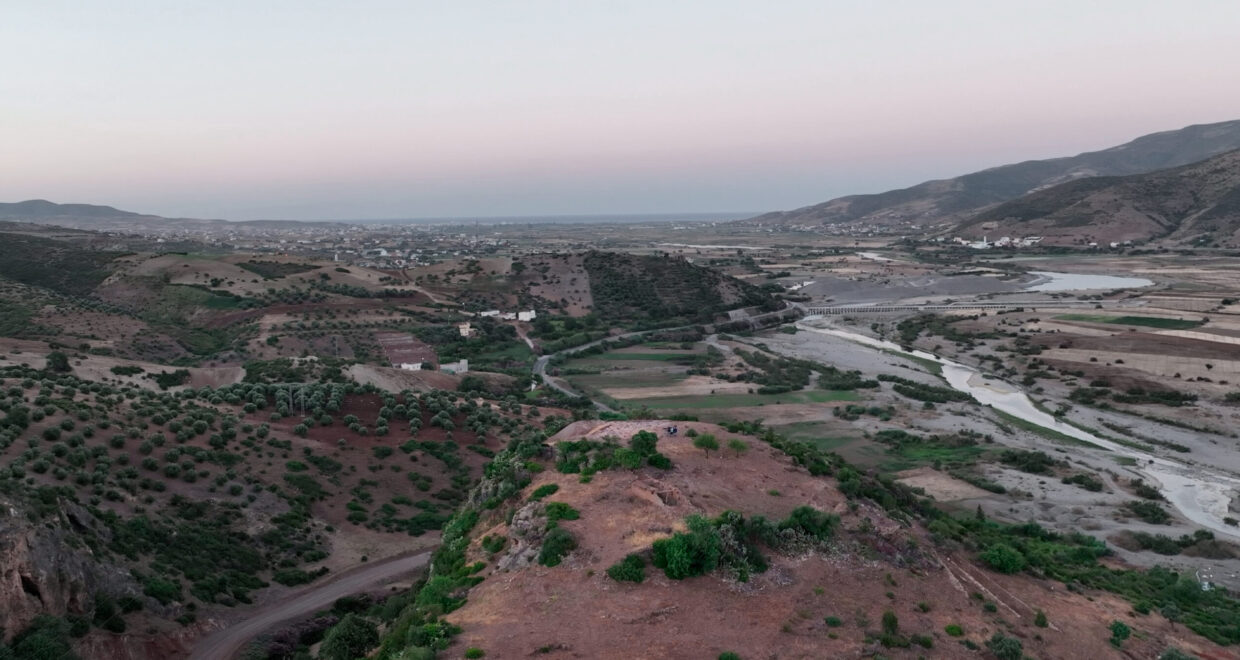
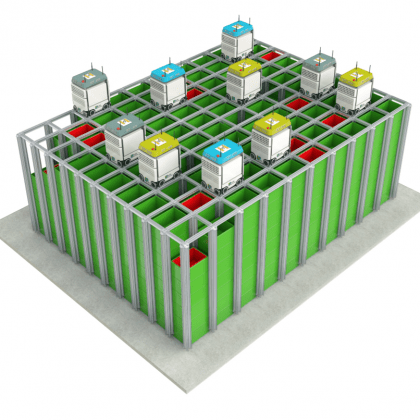
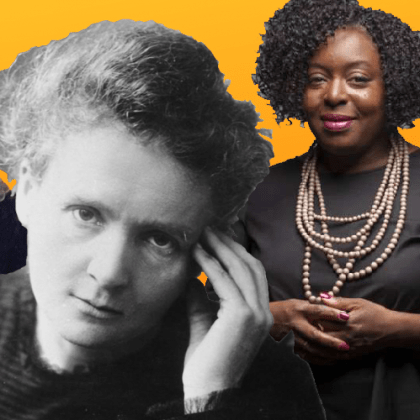
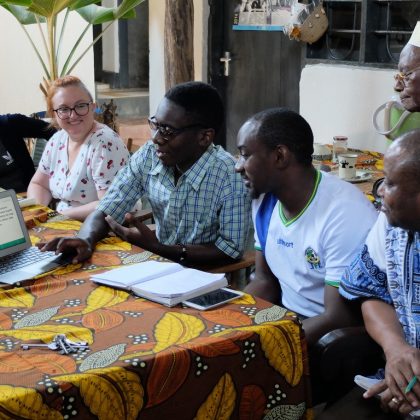



We thank all the researchers for their work on these interesting monuments that uncover our ancient history and demonstrate the effectiveness of our ancestors in ancient times. There are more traces to disprove other theories about the origin of the Moroccans.